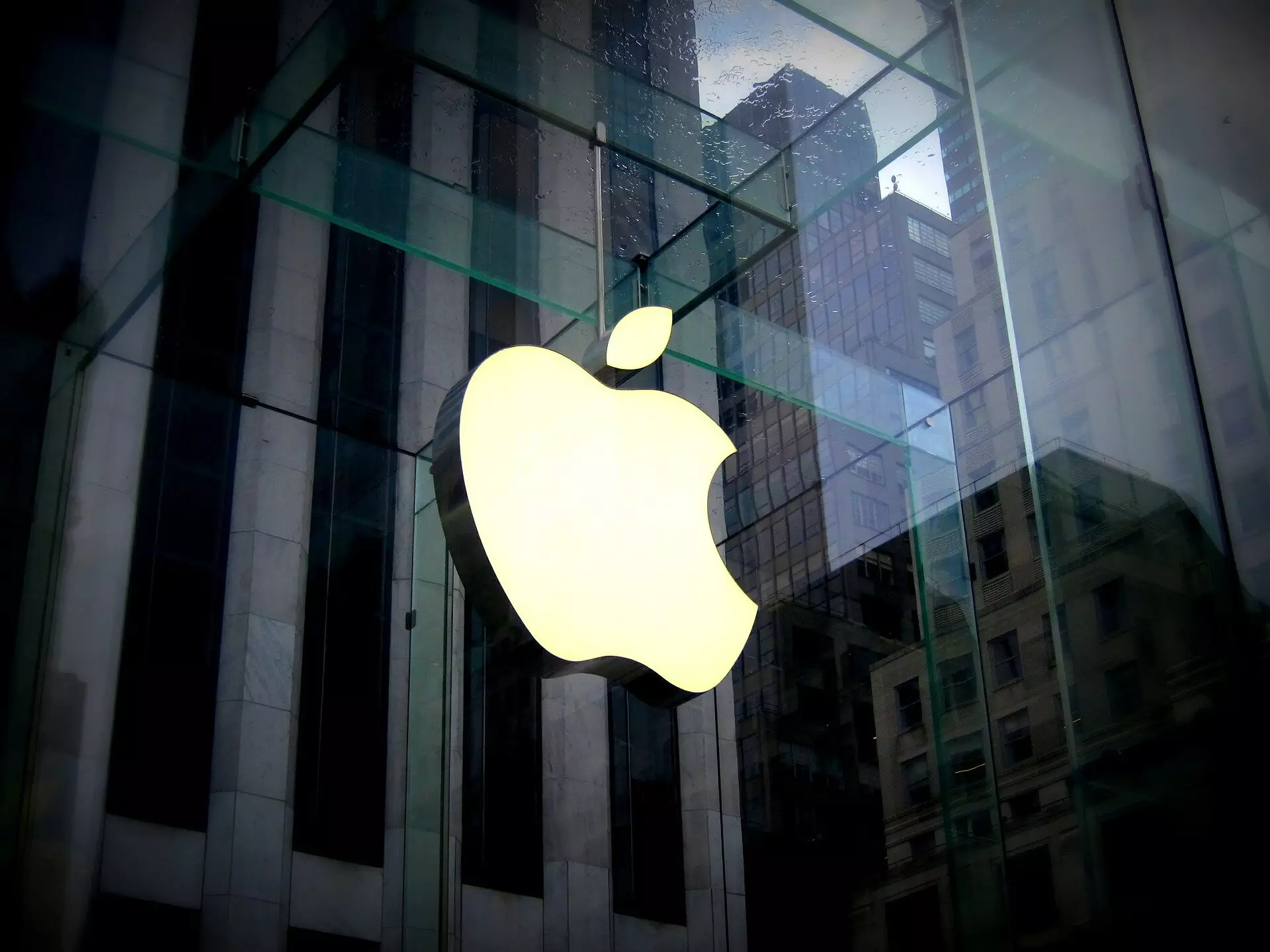Smart devices have become an integral part of our lives, offering a wide range of functionalities such as voice commands, health monitoring, language translation, and communication. However, taking these capabilities to the next level has been hindered by memory limitations. Apple researchers have recently shared an innovative method to overcome this challenge, enabling smart devices to run powerful AI systems efficiently.
One of the primary obstacles in implementing large language models on portable devices is the requirement for significant memory capacity. For instance, models with billions of parameters may far exceed the limited storage capacity of commonly used smartphones. Apple’s iPhone 15, with just 8GB of memory, falls short in this regard.
In a recent paper titled “LLM in a flash: Efficient Large Language Model Inference with Limited Memory,” Apple researchers introduced their groundbreaking approach to address this memory limitation. By leveraging data transfers between flash memory and DRAM, they have developed a method that allows smart devices to efficiently run powerful AI systems.
The Apple research team outlined two key techniques that significantly enhance memory efficiency and performance:
1. Windowing
Windowing reduces the amount of data transferred between flash memory and RAM by reusing recently calculated results. By minimizing the number of input/output requests, energy and time are saved, resulting in improved efficiency.
2. Row Column Bundling
Row column bundling improves efficiency by processing larger data chunks from flash memory at once. This technique allows for more efficient memory usage and reduces the overall data load, contributing to enhanced AI performance.
The researchers believe that their breakthrough in memory management is crucial for deploying advanced language models in resource-limited environments. By expanding the applicability and accessibility of large language models, Apple’s innovation paves the way for even more powerful AI capabilities on portable devices.
In addition to their memory management breakthrough, Apple recently announced another significant achievement in the field of AI. They introduced a program called HUGS (Human Gaussian Splats), which can create realistic animated avatars from a few seconds of video captured from a single lens. Unlike existing avatar creation programs that require multiple camera views, HUGS can generate dancing avatars in as little as 30 minutes, compared to the two days it currently takes.
Apple’s research team has undeniably revolutionized AI on mobile devices with their breakthroughs in memory management and avatar creation. By addressing the memory limitations of portable devices, they have paved the way for more powerful AI systems and expanded the accessibility of large language models. With these advancements, our smart devices are poised to deliver in-depth natural language exchanges, comprehensive real-time translation, and personalized AI experiences that were once unimaginable.


Leave a Reply